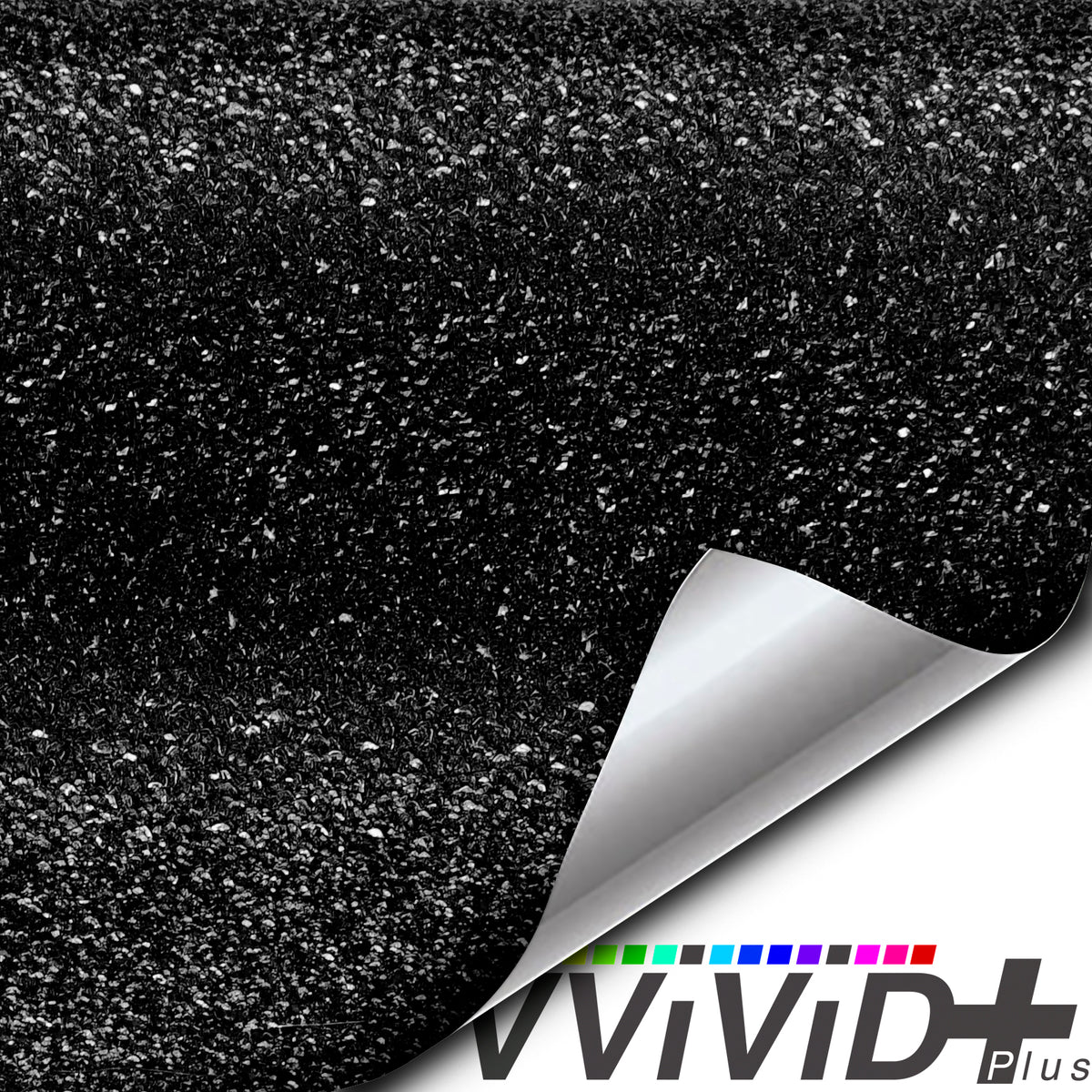For the brakes, if it’s still soft, there’s air. Many a cruiser owner has bled a gallon+ of DOT 3 and still had air. Here’s what I’d do before any more bleeding:
From your first pics, it’s still single reservoir master cylinder with no power booster: is this still correct?
Check the firewall at the master and make sure there’s no signs of fluid leaking on firewall.
Check inside (pedal side) of firewall where pushrod goes to master to make sure there’s no fluid.
Next, check the pushrod. Pull the pedal return spring off, is there any “wiggle” in the pushrod? There should be just a small gap between the pushrod and master cylinder cup. If no gap, adjust. I don’t remember the spec but 1/64”-1/32” is plenty. Not looking for much, just ensuring the master piston is returning all the way. (If it wasn’t returning all the way, rebleed master after adjusting)
Ok, no leaks at master, pushrod is correct (you put the return spring back on pedal), now move to wheels. Run all wheel cylinders at every wheel tight start with 1 cylinder on 1 wheel, run it until you cannot move the wheel at all, then back it off until you can just barely move the wheel with all your might and leave it there. Now adjust the other cylinder on the same wheel until you cannot move the wheel at all. Done! Don’t back it off! You now know those 2 cylinders are both at basically their max adjustment to the drum so when you pump the brakes you are creating immediate pressure in the system and not needing to move cylinder pistons first. Now, repeat that to the other 3 wheels.
Now, start the bleeding process. Check the reservoir often! Don’t let it get below 1/2-1/3 full no matter what! Assistant pumps and holds pedal, you crack the bleeder 1/4 turn then tighten back up (while assistant is still holding), you say “ok!”, they release and pump/hold again and repeat. Start from the farthest wheel and work your way to closest, then repeat. Farthest wheel away is not physically farthest from master, but which wheel has the most line between it and master.
When done, back off adjusters for proper drag and boom, done.



